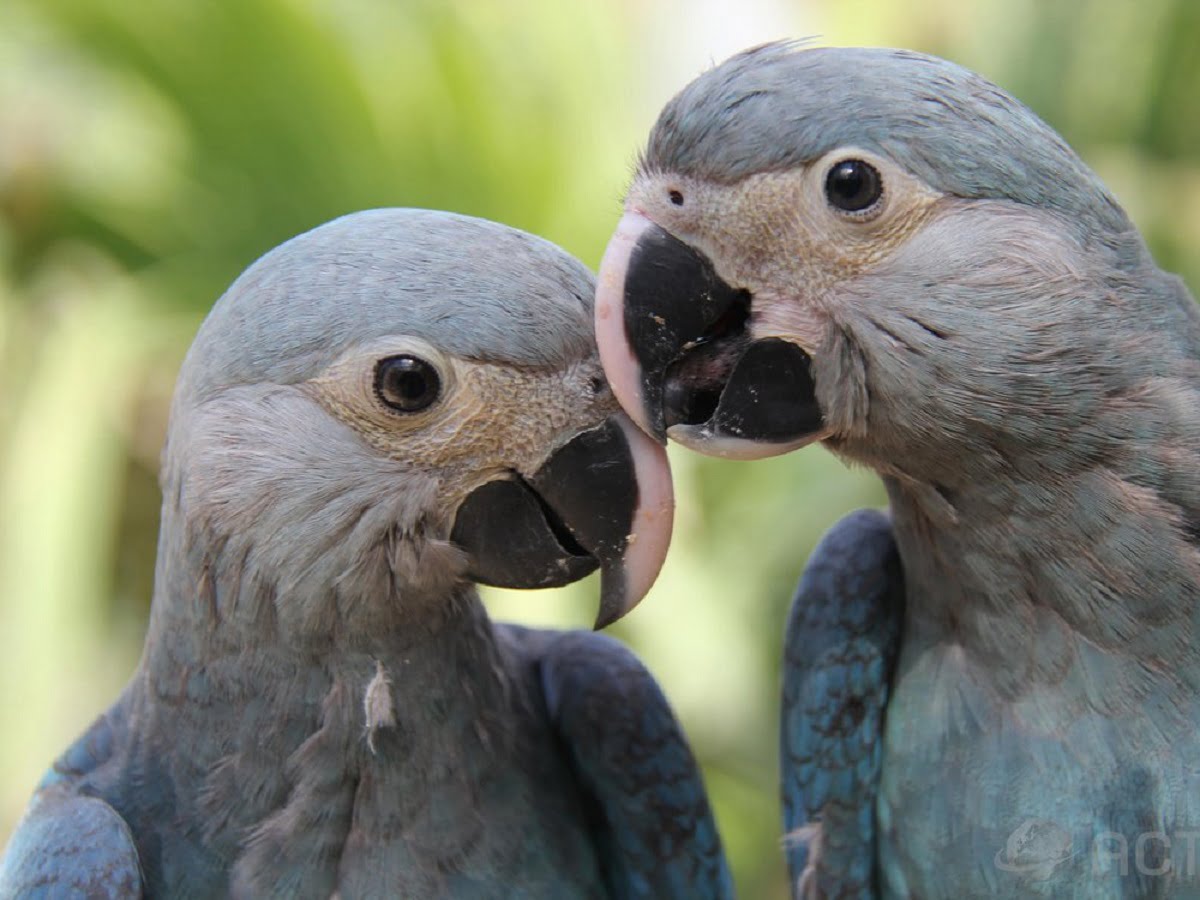Spix’s Macaw, also known as the Little Blue Macaw, is a critically endangered species of parrot that is native to Brazil. This stunning bird is famous for its vibrant blue feathers, which cover its head, wings, and tail. Unfortunately, Spix’s Macaw has become one of the rarest birds in the world, with only a handful of individuals remaining in the wild.

Spix’s Macaw was first discovered in the 19th century by a German explorer named Johann Baptist von Spix. The bird was named after him in recognition of his contribution to the scientific understanding of Brazilian wildlife. Since then, the species has been extensively studied, but its population has continued to decline.
One of the primary reasons for the decline in Spix’s Macaw population is habitat loss. The bird’s natural habitat is Brazil’s dry, caatinga forests, which have been destroyed by human activities such as agriculture, logging, and urbanization. In addition, the bird has been hunted for its feathers and as a pet, further contributing to its dwindling numbers.
Despite efforts to protect Spix’s Macaw, the bird remains critically endangered. However, there is some hope for its survival. Several captive breeding programs have been established in Brazil and other countries, aiming to breed and release Spix’s Macaw back into the wild. These programs have successfully produced offspring, which have been reintroduced into the wild. However, these programs’ success depends on the availability of suitable habitat, which remains a challenge.
The conservation of Spix’s Macaw is crucial not only for the survival of this beautiful bird but also for the health of the ecosystem it inhabits. As a seed disperser, the bird plays a vital role in maintaining the diversity of plant species in the caatinga forests. Moreover, Spix’s Macaw has cultural significance for the people of Brazil, who consider it a symbol of their country’s biodiversity.
